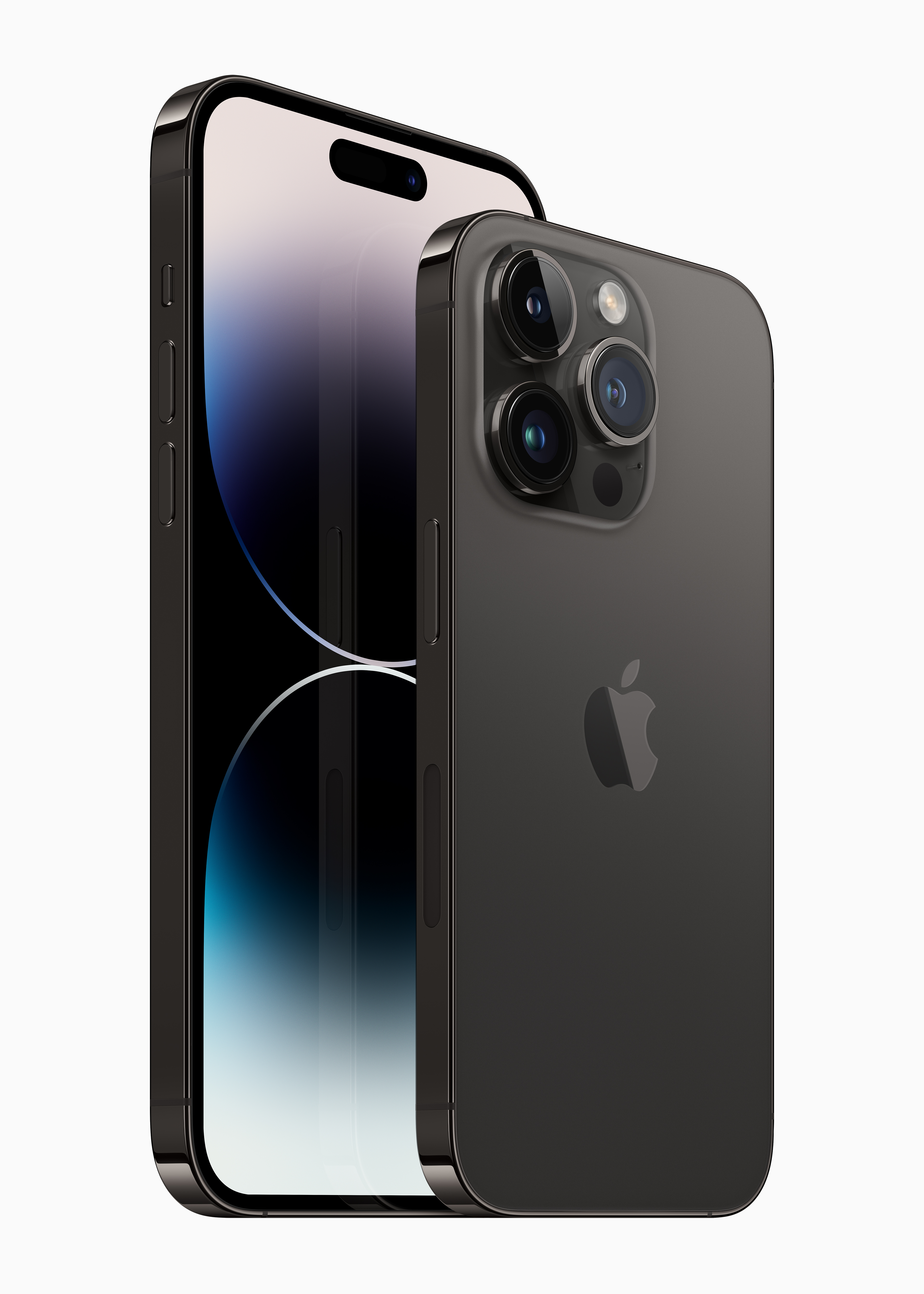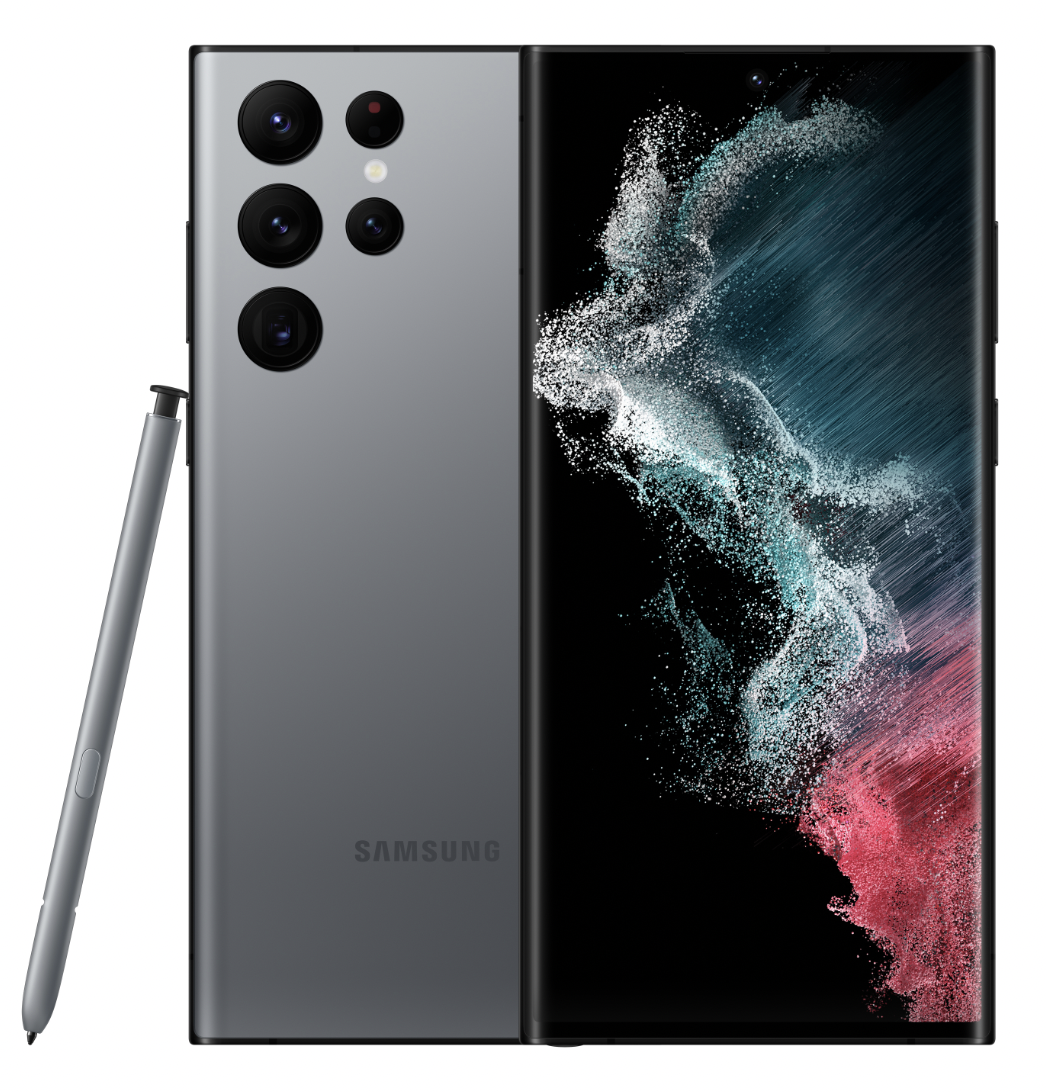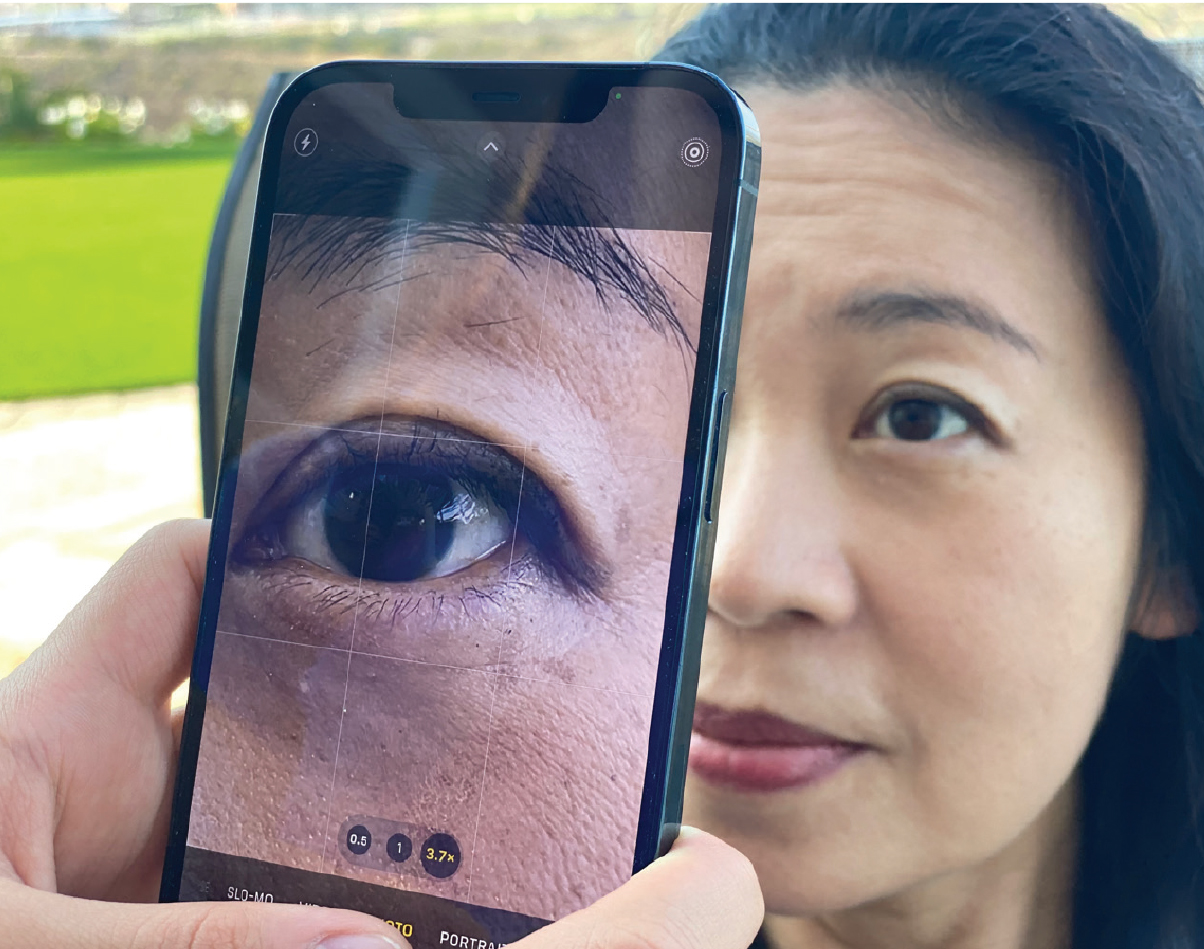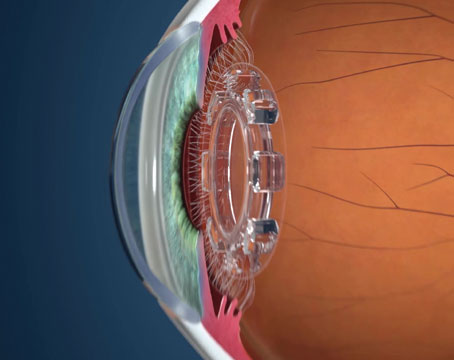Few announcements in the tech industry are as highly anticipated as those pertaining to smartphones. Die-hards from each camp—Apple or Android—never fail to upgrade, no matter how small the difference in features; it’s all about having the latest and greatest. However, for the average person, upgrading annually isn’t realistic or even necessary, but if some features might make their life easier or better, they’re more apt to consider it.
Here, we’ve compiled several highlights of the latest smartphones, including the iPhone 14 Pro and Max, the Samsung Galaxy S22 Ultra and the Google Pixel 7 Pro. We also spoke with doctors to hear their thoughts on the technology. Whether you rely on your phone simply for capturing family memories or use it as an integral tool in your practice, these models are likely to offer some level of enhancement.
Features at a Glance
Manufacturers have focused their energy on some key elements in the recent releases, including speed, security and cameras.
 |
|
The iPhone 14 Pro. |
The iPhone 14 Pro/Max is powered by an A16 Bionic chip, which Apple says is the fastest chip ever used in a smartphone; it’s designed to speed up performance while using multiple apps. The Samsung Galaxy S22 Ultra uses a Snapdragon 8 Gen 1, claiming a 10-percent increase in graphics processing unit clock speeds and improved power efficiency. In the Pixel 7 Pro, Google has installed its second-generation Tensor G2 processor, designed to enhance the AI experience on the phone.All of these phones have 5G capabilities, and all say their batteries can last approximately one day under regular use, although each manufacturer has its own way of wording it, such as “all-day battery life” (Apple) and “24-plus hour battery life” (Google). These claims become strained depending on use, especially for the camera.
The camera specs continue to impress, giving users the ability to capture moments like a professional.
The iPhone 14 Pro/Max has a 48-MP main camera with sensor-shift optical image stabilization and enhanced low-light capture. Apple says that the 12-MP ultra-wide camera delivers detailed macro photography, and there’s a telephoto camera with 3x optical zoom. Users can also record video in 4K at 24 fps, and enable Action mode for smooth filming even if experiencing motion or vibration.
 |
| The Samsung Galaxy S22 Ultra has improved graphics. |
The Samsung Galaxy S22 Ultra has a 108-MP main camera and a 40-MP front-facing (selfie) camera. It also has improved its image quality in low-light conditions with its “Super Clear Glass Lens” over the camera to help reduce reflections.
The Pixel 7 Pro’s rear camera is a 50-MP Octa PD Quad Bayer wide camera with Macro Focus, and up to 30x Super Res Zoom. It also comes with Photo Unblur that can improve blurry pictures with a few taps. Its front camera is 10.8 MP and has a feature called Guided Frame that assists those who are blind or visually impaired with capturing selfies using audio guidance and haptic feedback.
From here, the features begin to differentiate more clearly. The iPhone in particular highlights its new “Always-On” display that keeps certain apps and widgets open on the screen, and Crash Detection with Emergency SOS that enables the phone to detect a car crash through motion algorithms; it will call for help, even if there’s no cell or WiFi coverage available.
However, one change not seen in the newest iPhone is in the charging port. This model still features the proprietary lightning port, as opposed to USB-C, which has become the new standard in tech devices and allows for faster data transfer and charging speeds. Apple has until 2023 to make this change to meet EU regulations, so it’s expected we’ll see this on the next iPhone model.
The Galaxy S22 Ultra includes the fan-favorite feature of the Samsung Note: the S-pen. Embedded in the device, the S-pen allows the user to quickly mark up documents, sketch or turn a handwritten note into text.
The Pixel 7 Pro comes with five years of security updates, anti-phishing and anti-malware protection and end-to-end security designed by Google, and it will soon have a built-in VPN to encrypt your online activity.
 |
| Enhanced macro photography capabilities on smartphones can help patients update physicians with their progress. However, some in the field would like to see better front-facing camera technology. |
Are They Worth the Hype?
To evaluate whether it’s time to invest in an upgrade, we asked a couple of tech-savvy ophthalmologists to weigh in. First, it’s important to think about the things an ophthalmologist would rely on their phone to do, says Tommy Korn, MD, who practices in San Diego.
He says his top three uses for his smartphone are communication, medical data access and photography.
“My iPhone keeps me in contact with patients, care team members and other doctors,” he says regarding communication. “This is via voice, text or video apps. There are numerous communication apps and it’s all a balance between ease of use and HIPAA compliance/privacy.
“The second job I need my smartphone for is to access patient data in the EMR,” Dr. Korn continues. “I can access any EMR from a slow enterprise desktop/laptop PC. I can also access the EMR via fast mobile EMR apps on my iPad or iPhone.”
In these EMRs, Dr. Korn is often storing ophthalmic photos he took with his own smartphone. “I take pictures of people’s eyes so I can document their disease and its progression,” he says. “Patients also take pictures of their own eyes and send them to their eye doctors when they’re distressed. These images (either doctor- or patient-captured) are often stored in an EMR. The innovative way is to share these eye photos directly with the patient’s secured smartphone. I often send the eye photos I take to their iPhones via Airdrop, which doesn’t allow my personal phone number to be compromised. This is a novel way that allows the patient data to travel with them on their personal smartphone, not a siloed EMR. Siloed EMRs are a major source of burnout and frustration for doctors and the health industry. Sharing the patient’s eye photo is an innovative way of enhancing patient care. Patients can take their stored smartphone eye photos to any ophthalmologist or optometrist in the world and get continuity of care.
“In my opinion, the camera technologies for all high-end smartphones—iPhone Pro, Google Pixel, Samsung Galaxy—are all amazing,” Dr. Korn adds. “It’s a matter of personal preference based on camera tech specs, photo editing features, image quality and ecosystem.”
The macro photography capabilities of these new phones are of particular importance, Dr. Korn continues. “Most smartphones now have macro camera photography capabilities,” he says. “What this means is, you no longer need a special lens to take photos of things up close (flowers, insects, or in our case, eyeballs). Most ophthalmic photographers use Digital SLR cameras, pocket cameras, or even smartphones that are attached to a $15,000-plus slit lamp. But now you’re starting to see patients take amazing photos of their own eyes with smartphone macro photography. They’ll send these photos to their eye doctors, and this becomes a novel way to deliver remote telehealth eye care. That’s the power of having amazing camera technology in the hands of consumers, not just doctors or professional photographers.”
Even with this technology at their fingertips, it’s not going to replace traditional ophthalmic imaging, opines Ken Lord, MD, a vitreoretinal specialist in St. George, Utah, and a co-developer of the Eye Handbook mobile app.
“The pictures you’re able to take with these cameras are incredible,” Dr. Lord says. “You’ve got as powerful a camera in a half-inch thick phone as you do in some of the most expensive cameras on the market, but the practicality of using your phone to take images of your patient is still not there. I know there’s a market for people selling adapters and devices, but it’s not something I personally feel I have time to fiddle with when I have patients to get to.”
Dr. Lord also feels that the phones themselves haven’t gone through enough of an evolution. “I think the cameras, memory, security and usability of the phones are unsurpassed, but we’re kind of at a plateau right now,” he says. “I’m just not convinced that some of the technology has been as impactful as other [updates] in the past five years. There hasn’t really been a ‘wow’ in these devices, but I’m still looking forward to all the new features that these designers come up with.”
So, what would ophthalmologists want to see in future updates?
Dr. Korn would like to see improved front-facing cameras, for one. “All the rear cameras have multiple lenses, but the front camera has a single lens,” he says. “It turns out that most patients can’t take a picture of their own eye with the rear camera and without another person helping them. The front camera technology is nascent right now. When it improves, you’ll see telehealth in ophthalmology take off.”
Cellular connectivity and access to fast 5G mobile networks are also lacking in many areas, he continues. “Metropolitan cities have fast internet access, but many rural areas don’t,” he says. “Patients can have the most advanced smartphone, but it’s useless if fast internet connectivity is limited.”
Dr. Lord says he’d like to see how phones are adapted for augmented reality. “Virtual and augmented reality are being heavily targeted with companies investing billions of dollars—maybe over-investing. I’m not convinced that headsets make sense,” he says. “It’s essentially disconnecting you from the world around you, so I’d like to see how that virtual experience comes from your phone in a seamless way.”
Whatever the future holds for the next generation of smartphones, Dr. Korn believes the keys to success are integration, simplicity and privacy. “If medical apps and smartphones work seamlessly, both doctors and patients will have delightful user experiences,” he says.





